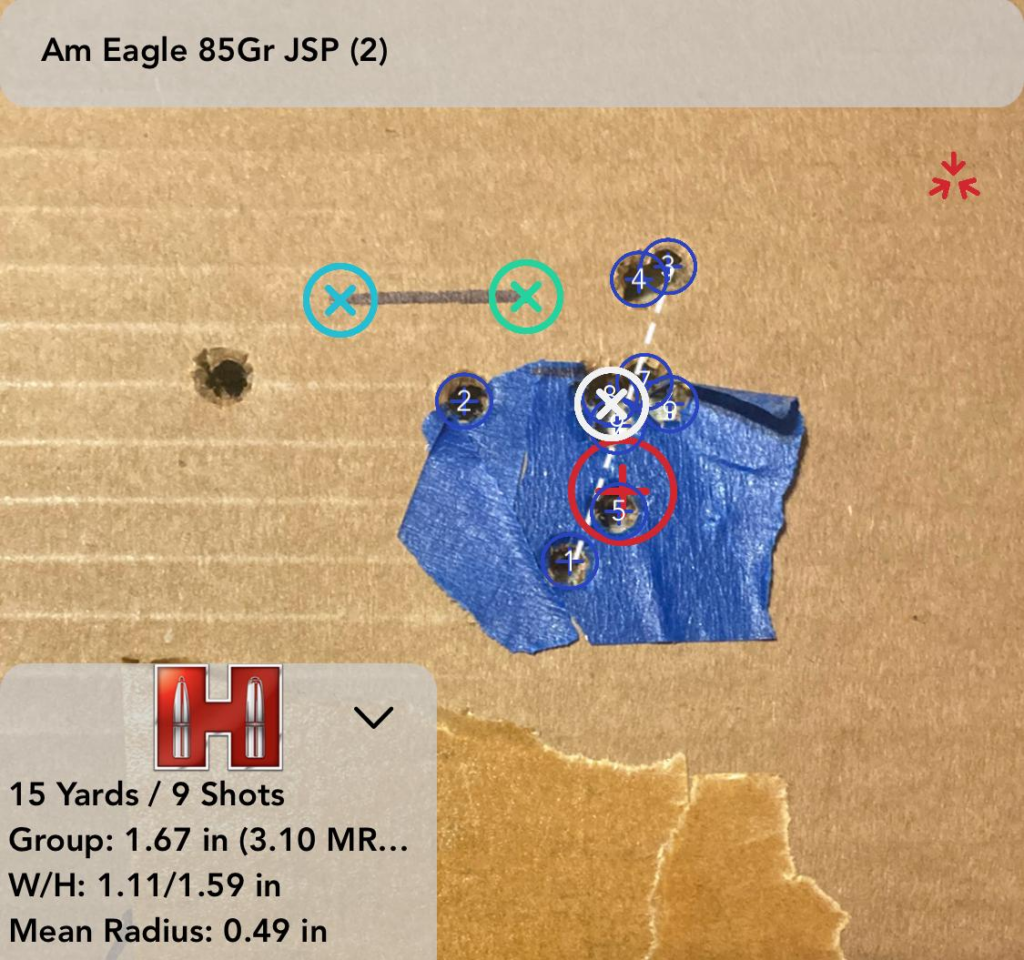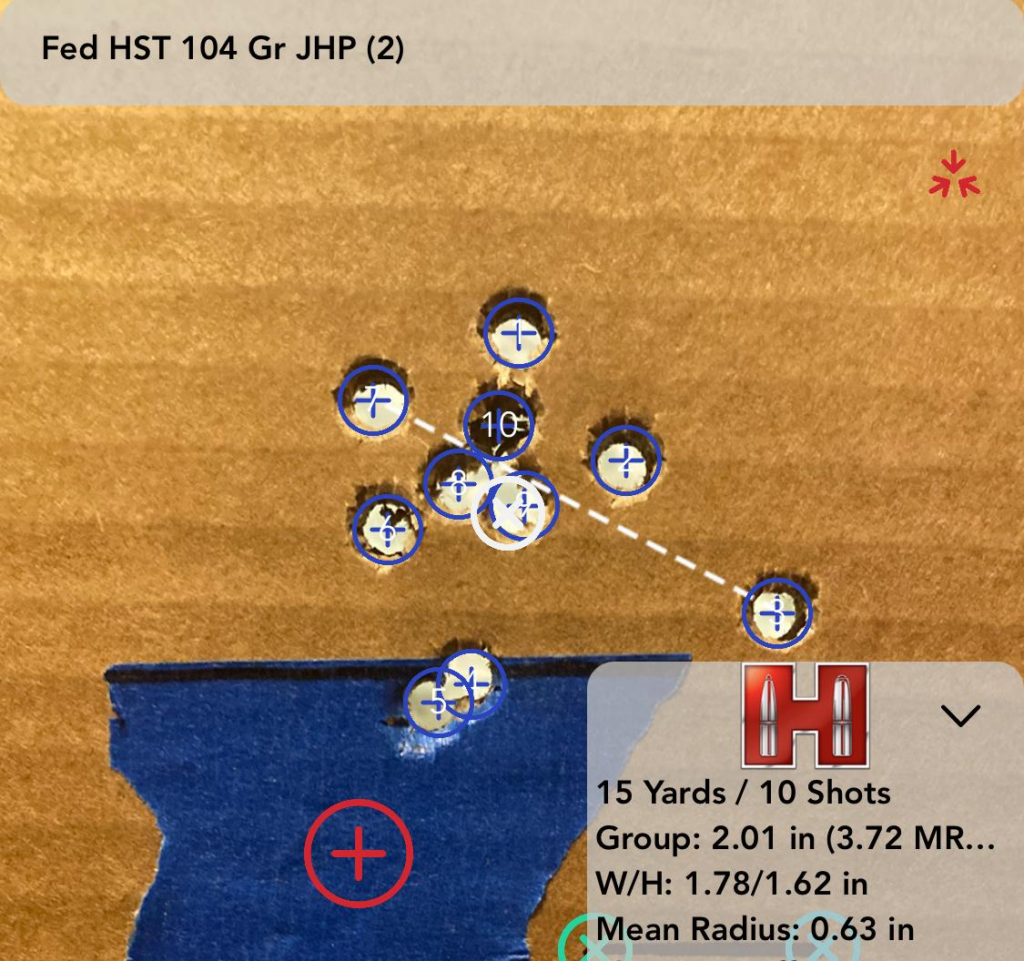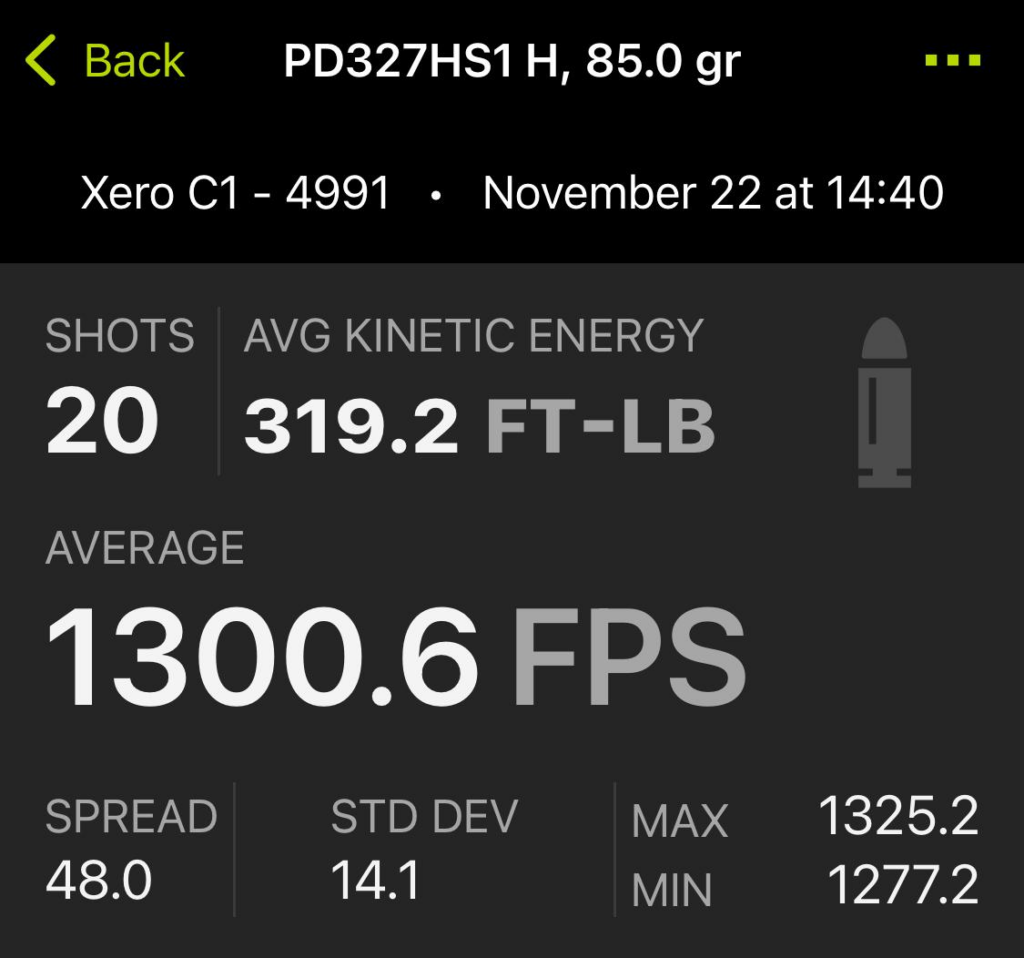Continued From Part 1
Taurus 327 Defender TORO Grips
The Taurus 327 Defender TORO includes a Hogue Overmolded Rubber Monogrip, an upgrade from the standard Taurus compact-frame revolver rubber boot grip.
The Hogue Monogrip is made from a sturdy rubber material that slips over the frame’s tang. Its left and right sides provide a very gentle palm swell, along with three finger grooves and a tacky texture. The top left portion of the Monogrip is relieved for speedloader use, and the backstrap is completely rounded for ease of carry.
However, as someone already familiar with both Hogue Monogrips and standard Taurus rubber boot grips, I carried out this review by installing a pair of LOK Grips Veloce stocks to get a better feel for them.
LOK Veloces are made from G10 and feature a convex-shaped profile that fills the firing hand considerably more than even the Monogrip. Their cross-section is narrower at the top where the seams meet the back of the hammer’s slot on the frame, and they widen out towards the bottom, creating something similar to a bird’s head grip.
Compact-frame revolvers have been historically more challenging to shoot due to a combination of tiny grips and even smaller sights. In the case of the Taurus 327 Defender TORO, the inclusion of a reflex sight and grips with more surface area to ‘grab onto’ go a long way in improving this revolver’s “shootability.”
Installing A Red-Dot Sight
I mounted a Holosun EPS Carry (the same unit that Big Tex Ordnance has been kindly loaning me long-term for my work). The included optics-plate and adapter are footprint-agnostic as long as the dot in question uses either the Holosun-K or Shield RMSc optics mounting footprints.
The adapter plate sits over the revolver’s topstrap and uses two T10 Torx screws to secure it to the frame. When mounting them, I treated this pair of screws like any other. After applying threadlocker, I torqued them down to about 20 inch-pounds. Ditto for the two screws that secure the Holosun EPS Carry to the adapter plate itself.
As I write this, I’ve fired exactly 244 rounds through the 327 Defender TORO, and 180 of these were Federal full-house .327 Fed Mag cartridges. Shooting 244 rounds isn’t extensive by any means, but during the course of my shooting, I actually had to tighten the 327 Defender TORO’s yoke screw after it got somewhat loose after the first few cylinders. On the other hand, the adapter plate and optic remain sitting solid; no loose screws.
Shooting The 327 Defender TORO
The Taurus 327 Defender TORO revolver is the first and only .32-caliber revolver of any kind that I’ve fired. In this sense, a .32-caliber revolver was somewhat of a novelty, and I approached the review with an open mind. This includes my customary protocol of shooting two separate 10-round groups for each featured cartridge, along with chronograph data.
It takes some time to acclimate to shooting .327 Federal Magnum rounds since shooting .327 Fed Mag loads through a compact-frame revolver with a three-inch barrel is what most people would call “spicy” (but also lots of fun). Simply put, the blast and report feel the same as shooting full-house .357 Magnum cartridges through a similar revolver.
In fact, I had the Rossi RP-63 with me during this session, and I shot two cylinders worth of 158-grain Federal .357 Magnum JSPs in order to specifically compare and contrast the “feel” of shooting the 327 Defender TORO. On the flip side, because the actual .32-caliber bullets are so much lighter than .357-inch bullets, the 327 Defender TORO’s felt recoil is considerably less.
Because of the .327 Fed Mag’s blast, this can be difficult to perceive since the magnum blast can overwhelm the senses, especially for those uninitiated.
Accuracy And Data
I put six different loads through the Taurus 327 Defender TORO for this review, both a mix of .327 Fed Mag and .32 H&R Mag. Having a good cross-section of .32-caliber revolver cartridges to feature in this review was a priority of mine given my emerging “unifying theory” of .32-caliber wheelguns.
I shot two 10-round groups off a bag from rest at a distance of 15 yards for each load while also capturing muzzle velocities with the Garmin chronograph. I typically thumb-cock the hammers on revolvers I review and shoot them in single-action when trying to group them. But this wasn’t possible due to the 327 Defender TORO’s bobbed DAO hammer.
In spite of that, I was surprised by the overall accuracy of the groups I did print. No doubt, the Holosun EPS Carry made life easier, too.
Selected Ammunition
For the .327 Fed Mag side of the equation, I included four different SKUs from Federal Premium: American Eagle 100-grain JSP, American Eagle 85-grain JSP, the Personal Defense 104-grain HST JHP, and the Personal Defense 85-grain Hydra-Shok JSP.
Decent .32 H&R Mag cartridges can be challenging to source as .32 H&R Mag isn’t exactly a mainstream handgun cartridge. Likewise, revolver nerds have seemingly wiped out the existing stock of the available supply following the launch of the Smith & Wesson / Lipsey’s .32 H&R Mag Ultimate Carry J-frames this year.
I was able to obtain two different .32 H&R Mag loads from High Desert Cartridge Company, a small Washington state-based ammunition company that continues to be present for the ongoing revolver renaissance. I fired their .32 H&R 100-grain JHP carry load and their 95-grain coated wadcutters.
.327 Federal Magnum
Federal American Eagle 100-grain JSP



Federal American Eagle 85-grain JSP



Federal Premium Personal Defense 104-grain HST



Federal Premium Personal Defense 85-grain Hydra-Shok



.32 H&R Magnum
High Desert Cartridge Company 100-grain JHP



High Desert Cartridge Company 95-grain WC



Continued In Part 3
Read the full article here









